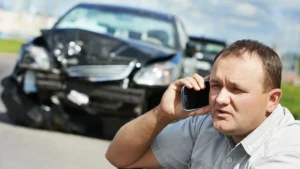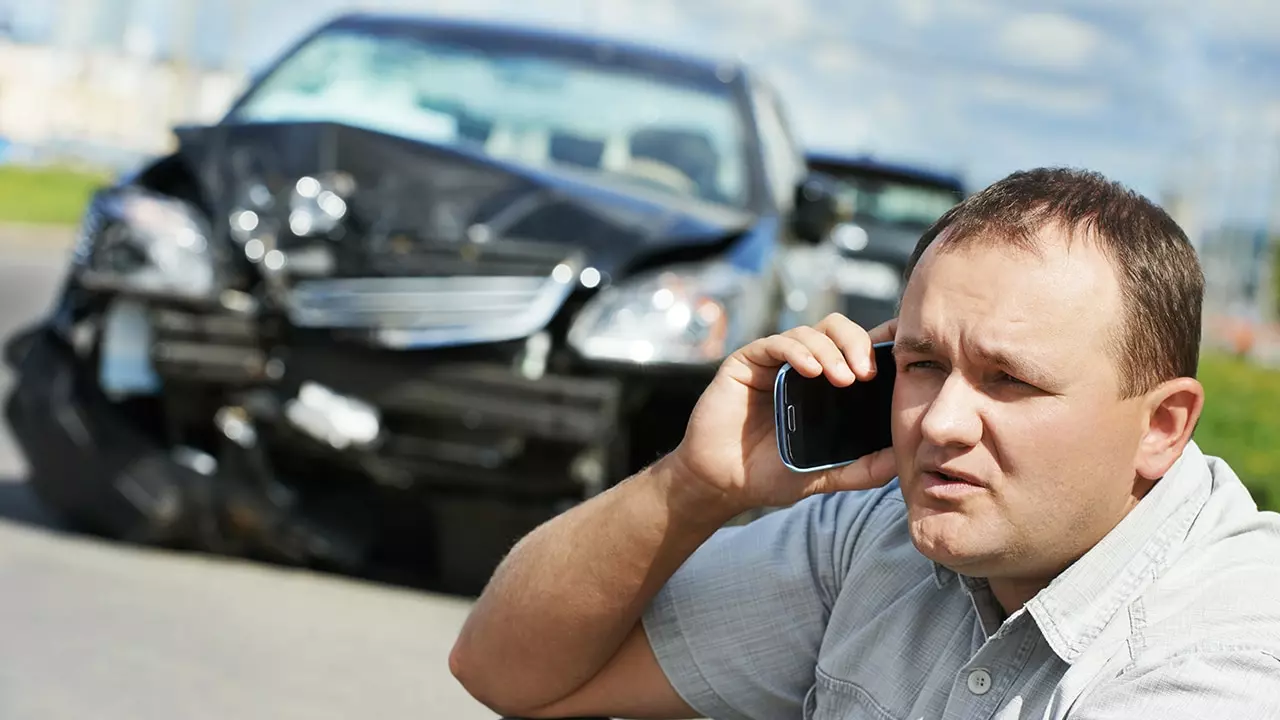GAP insurance covers the difference in value between what your car is worth and how much you owe, usually as part of a loan or lease agreement. GAP coverage is an optional policy that can be purchased in addition to standard collision and comprehensive insurance.

Gap insurance may not be required by drivers who own or lease their vehicles outright, or owe less on the car than its actual cash value. This coverage can be purchased through the auto insurance company or at their dealership.
What is GAP?
In the event of a theft or accident, gap insurance pays you the difference between the ACV (actual cash value) and the amount still owed for the vehicle’s loan. When comprehensive or collision insurance kicks in due to an accident, or another covered peril such as a collision that makes the vehicle totaled. Gap insurance does not cover repairs by itself; it is best purchased in conjunction with comprehensive or collision policies.
You can purchase gap insurance from auto insurers or dealerships. Your dealer may also include it as an extra in your loan/lease agreement. Gap coverage is a wise investment for leasing vehicles, as they tend to depreciate faster than loans.
Imagine you had financed a car for $30,000, and it was stolen or declared a total loss after an accident one year later. You lost nearly $5,000 in value but only received $24,500 due to your $500 deductible. Gap insurance will cover the remaining loan amount of $5,500. This way you don’t need to worry about coverage for something that is no longer yours.
Insurance Information Institute does not recommend or require gap insurance, even though many lenders do. Once the value of your gap insurance exceeds your loan balance, you can cancel it.
What is GAP?
GAP insurance covers the difference between what your car is worth and how much you still owe if it’s stolen or declared a total loss. Some lenders and dealers require gap insurance when you purchase or lease a car, although its application may vary by state.
Gap insurance offers additional financial protection by covering the difference between your loan balance and its ACV (actual cash value). Gap coverage will cover this difference less any applicable deductibles before a claim is filed.
Gap coverage is a good option for many, especially those who make low downpayments on their car or drive it in a way that decreases its resale price quickly. Remember that gap coverage does not cover expenses like your car insurance deductible, finance charges, or mileage penalties for leased vehicles. For these types of expenses, it is prudent to purchase additional coverage, such as new vehicle replacement insurance.
What is the price of GAP?
Gap coverage costs can vary depending on the form it takes, but are usually less than $100 per year when added to a policy that already includes comprehensive and collision insurance. Some insurance companies also offer gap coverage as a separate product.
No matter how you purchased GAP, it can save you money in the event that your vehicle is stolen or totaled. GAP does not cover the costs of collision or theft deductibles, nor any other related expenses.
Let’s say, for example, that you have financed a vehicle worth $25,000 and it has been totaled in an accident. Comprehensive coverage will pay out $20,000, so your gap insurance would cover the remaining $5,000. The gap insurance will cover the remaining debt of $5,000.
It is a good idea to check with your dealer and lender if they offer gap coverage. You should be able include the policy in your loan or leasing agreement if they offer it.
GAP insurance is available from your insurer or lender. Some even require that you purchase it as part of the vehicle lease or loan agreement.
When do I require GAP?
If you are buying or leasing a vehicle with limited equity, that will depreciate quickly, or if you plan to lease one from an independent insurance agency or dealership, gap insurance may be the best solution. Gap insurance pays the difference between the car’s actual cash value and how much you still owe on your loan or lease agreement. Some contracts include this as a standard term; or, it can be bought independently from an insurance agency.
It’s important to know what gap insurance doesn’t cover. In the event that your vehicle is totaled because of repairs or an engine failure, gap insurance will not cover these expenses. Instead, collision and personal injury policies will. Gap insurance will not reimburse you for any down payment or security deposit paid before financing your car.
Insurance Information Institute suggests that you shop around to find the best price and terms for gap insurance. Comparing gap coverage costs with estimates of your vehicle’s market value, from guides like Kelley Blue Book and Edmunds, is an excellent way to accomplish this. Consider dropping your gap insurance when your loan balance drops below the actual cash value of your vehicle. Set a reminder on your phone or calendar so that you won’t forget.



